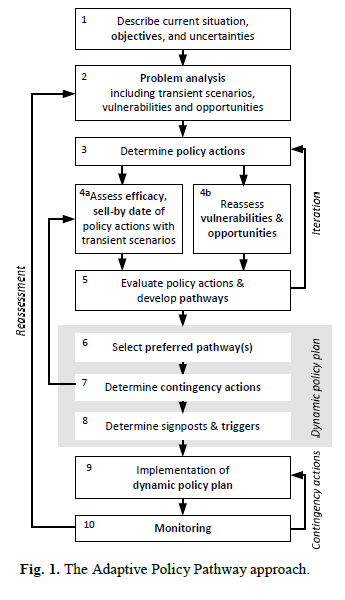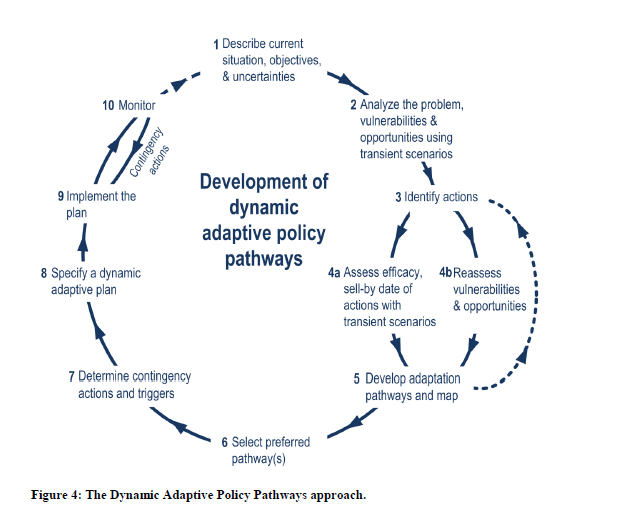
Option pathways are those viable alternatives available when you are suddenly confronted with the need to change.
By being proactive, anticipating and structuring the options ahead you can be more prepared for disruption, you can respond with more thoughtful reactions. Have you ever considered option pathways?
Having available options so you can react to sudden changes, as more sketched out scenario’s that are representing possible variables, the better prepared you might be to respond thoughtfully.
Preparation for blunting or neutralizing possible attacks, vulnerabilities and changing business conditions is more than helpful, because you have made some investments in different possible options and far more ready to respond in thoughtful ways and not simply in those knee-jerk reactions, simply needing to respond.
Considered response, with significant parts already thought through, can safe significantly on ill-considered ones.
Also, it is valuable to begin to prepare and cost out different decisions ahead to be ready, have these fleshed out, then discussed across the people involved in those disruptive force decisions so you are ahead in your thinking on how to respond.
One recommendation suggested by Haydn (link to White Paper ) is having these option pathways walked fully through with the CFO, so it gives him the understanding well before hard decisions are being made, when you are in the middle of handling the dynamics of disruption.
This seems to help work out option pathways well within my mind, of their value in our needs to be far more prepared for our disrupting moments, bearing in mind these are occurring more frequently.
What more can I learn or even add to this?
I decided to widen the idea out a little and came across some (nearly buried) academic papers, but thanks to Google they came alive for me. These identified Adaptive Pathways and they fit within a policy approach.
The two papers that ‘worked for me’ in what I was looking for were mainly dealing in the environmental change dynamics where you had to have a lot more adaptive thinking within the planning process that describe different types of actions (for example mitigating and hedging actions).
The view here is as we anticipate and determine, we experience and learn, as the future unfolds.
The more we are open to this the more we can become responsive to disruption. The more we talk and describe “uncertainty” where we can paint different visions, or by using Haydn’s “decision model canvas” to promote learning and awareness, so we have ‘options’ in place when situations change, or even when you feel the conditions are right for you to prompt that disruption yourselves.
Let me offer a couple of visual here from the two papers (details shown below)

I think these are useful as thinking through the sequence, with some adjustments to account for a business environment and its planning and future casting needs. I felt these two frameworks help me add even more to Haydn’s option pathway thinking.
Mapping the terrain of options of where you would like to be.
You need to develop a preferred road map of where you want your innovation to take you but you certainly need to have developed your options, as no pathway is straight and uncomplicated. By fleshing out your ‘terrain of different realities,’ you are able to describe much of the work, design, thinking and preferences that give you an enduring strategy.
You are formulating a fluid plan that sets out detailed reasoning of how you can disrupt others or react to disruption from others, simply by the amount of organizing principle and details you build into these option pathways. Identifying these potential future forces shape your choices and ‘informs’ your innovation activities you need to develop and provides the scoping possibilities to be far more ready to respond to these forces of disruption.
The crafting of your possible options
Any option pathway needs crafting, it certainly needs fleshing out, it can help inform yourselves and others around you about different alternatives and actions.
Thinking through disruption is not just very healthy to do but essential, in order to survive and prosper. We need to look towards the future and be as ready as we can, in anticipating its disrupting forces that are constantly bearing down on us.
Sources:
- Academic papers both from Utrecht University, Department of Geosciences, Twente University, Department of Water Engineering & Management
- Designing Adaptive Policy Pathways for Sustainable Water Management under Uncertainty: Lessons Learned from Two Cases Marjolijn Haasnoot, Jan H. Kwakkel, Warren E. Walker
- Dynamic Adaptive Policy Pathways: A method for crafting robust decisions for a deeply uncertain world . Marjolijn Haasnoot, Jan H. Kwakkel, Warren E. Walker and Judith ter Maat.
******
Publishing note: This blog post was originally written on behalf of Hype and with their permission I have republished it on my own site with some small adjustments. I recommend you should visit the Hype blog site where they have a range of contributors writing about a wide-ranging mix of ideas and thoughts around innovation, its well worth the visit.

One thought on “Anticipating disruption by preparing adaptive pathways to respond”
Comments are closed.